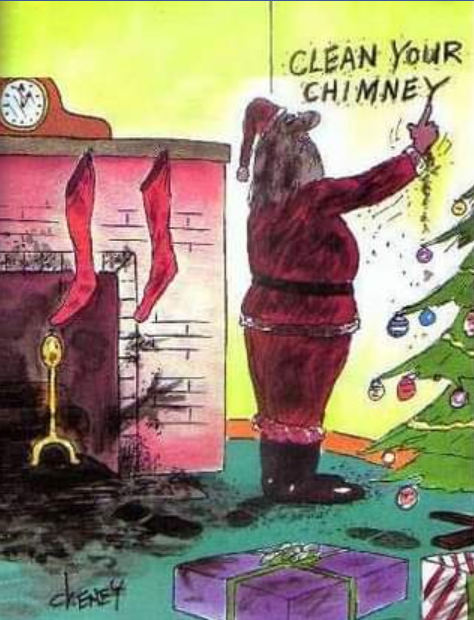As the seasons change — you need to be ready for the season, and your fireplace becomes dormant until the fall. It is the perfect time to undergo yearly gas fireplace maintenance to avoid any problems with your fireplace.
Maintenance is crucial for the longevity of your fireplace and its safe operation. However, it is best to perform fireplace maintenance by professionals because if any of the gas components get damaged, it can be potentially dangerous.
For gas fireplace servicing, you must contact High’s Chimney Service in Maryland, Washington, DC, or Virginia. At the time of the visit, we will inspect the venting, corrosion, excessive condensation, proper fittings, and mutual connections.
Today, gas fireplaces have outpaced traditional wood-burning fireplaces, and homeowners appreciate them because they run on natural gas and are also healthier for the environment.
Types of Gas Fireplaces
There are two primary types of gas fireplaces; freestanding and insert-type. Both fireplaces can be installed with a relatively simple process. They require proper upkeep and regular maintenance to prevent damage to your gas fireplace or chimney.
Difference Between Freestanding and Insert-type Fireplaces
Freestanding Fireplace: This fireplace does not require a unique installation space but must have its chimney to bring the heat and smoke from the fire out of the room.
Insert-type Fireplace: It typically can be installed into a wall opening or other space and share a chimney with another structure.
If you need a fireplace in Frederick, MD, or nearby areas, then you have come to the right place, High’s Chimney Service. We can help you with everything from minor repairs to complete overhauls. Further, in this particular service, we will provide you with the following;
- gas fireplace installation
- gas fireplace repair
- gas fireplace cleaning
This Winter, are you planning to install Regency Fireplaces? So if you need more clarification about the regency fireplace prices. Then, please call 301-519-3500.
Learn What To Do For Gas Fireplace Maintenance and Servicing
No matter what type of fireplace you have in your home, it’s always wise to know a few tips about keeping it in good shape.
Here are the 8 major steps that are required for gas fireplace maintenance.
- Inspection & Cleaning
Gas fireplace inspections ensure they are in good condition; however, you must take the fireplace repair service yearly. Also, there are a few things you have to keep monitoring:
- Is the unit adequately mounted or not?
- Does the fireplace have any gaps or cracks in the structure?
- Is there a gas leak in your house?
- Do you feel any odor coming from your fireplace?
- Check The Fireplace Logs
It includes logs made from ceramic or cement, which can deteriorate over time. Most often, their color will start to fade. The good news is that they can be swapped out without replacing the fireplace.
If there are any obstructions on the fireplace logs, you can remove them by using a fireplace poker or fireplace tongs. Once the obstruction is removed, check to see if the logs are still burning.
However, if they are not, place a new log on the fire and add more wood as needed.
- Check The Chimney & Ensure It’s Perfectly Functional
If your home’s heating and ventilation are not working properly, a chimney inspection may help you to identify the problem. It can also ensure that the chimney is working properly or not. Even highlight the area that needs any necessary repairs required.
However, the inspection includes the external chimney structure and the interior walls in front of and around the chimney.
In gas fireplaces, usually, the biggest threat is condensation in the chimney. The significant signs of a compromised chimney are
- Damp patches on the walls
- Stains on the Ceiling
- Or white blotches on exterior masonry
Get the chimney sweep service today if your chimney isn’t functioning properly to avoid any hazardous issues.
- Check The Gas Ignition
There are a few steps you have to take while inspecting the gas ignition.
- First, test-fire the ignition under the logs and make sure it lights correctly. Make sure you place the wood-burning stove in the perfect position for optimal efficiency.
- Turn off the gas, then check all the valves and connections in the fuel system for any evidence of carbon monoxide and remove any such evidence, then wipe down the valves and connections with a dry cloth.
- Look for gas leaks. The smell will be the best indicator; if you are not sure, then brush some water mixed with dish soap over the lines, valves, and ports and watch for bubbles — it will highlight the point from where the gas is leaking.
- Install & Maintain The Right Accessories
If you have a gas fireplace, installing and maintaining the right accessories is essential. It includes a carbon monoxide detector, a smoke alarm, and a fire extinguisher. All these accessories will help keep you and your family safe in an emergency.
However, don’t hesitate to contact us if you have any questions about maintaining your gas fireplace.
- Vacuum The Interior & Clean The Glass
Another thing is to vacuum the interior of the fireplace regularly. It will help you to remove dirt or debris that has accumulated.
Additionally, mix 1 cup of vinegar with 8 cups of water to clean the glass on the fireplace door. Pour the solution onto a cloth and use it to clean the glass.
- Check Carbon Monoxide Detectors
Whatever type of fireplace you have in your, make sure your carbon monoxide detectors are working properly in accessories.
Carbon monoxide is a colorless, odorless gas that can be deadly if inhaled. However, the symptoms of carbon monoxide poisoning include; headaches, dizziness, and nausea. If you think you may be experiencing symptoms, get out of the house immediately and call 911.
- Regular Fireplace Servicing
It’s essential to have your gas fireplace regularly serviced to ensure it’s operating safely and efficiently.
Book an appointment with a qualified technician at High’s Chimney Service, we will inspect the fireplace and chimney, clean the burner and perform any necessary repairs.
Book an Appointment Today For Gas Fireplace Inspection
Follow these tips to ensure that your fireplace remains in good condition to keep your home warm through the Winter.
If you live in Maryland and are searching online for gas fireplace experts near me. Then, call and book an appointment for fireplace repair at High’s Chimney Service by calling 301-519-3500.
The post What You Should Know About Gas Fireplace Maintenance appeared first on Highs Chimney.
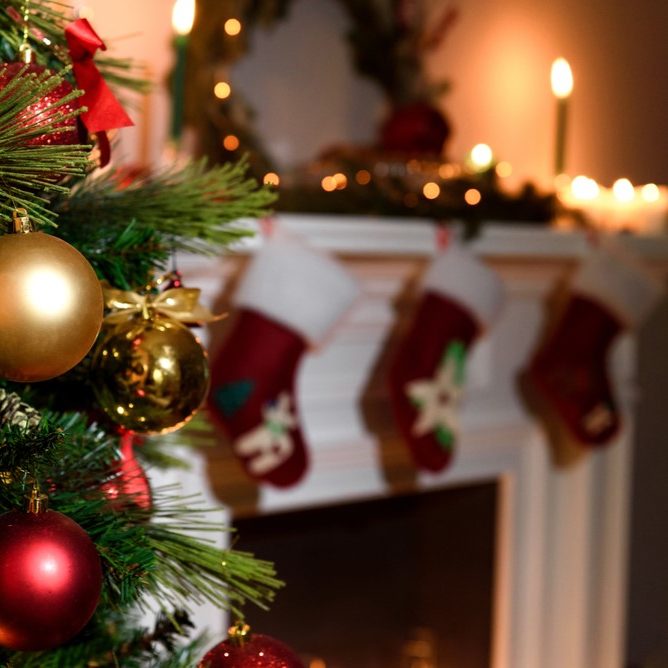
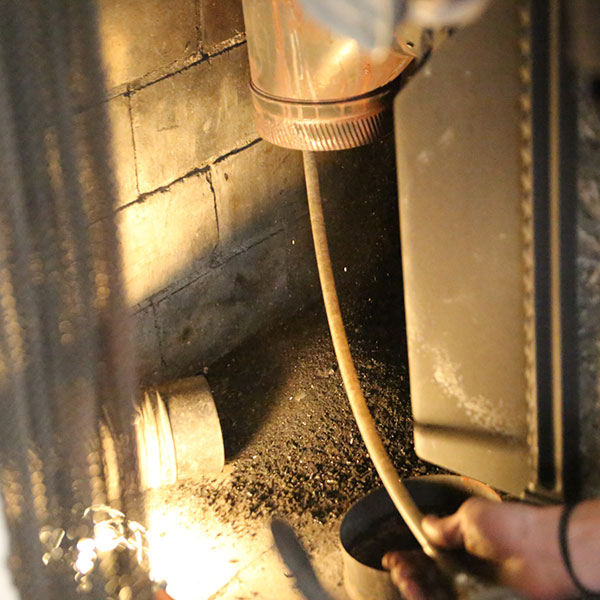 Ring in the holidays with fireplace safety
Ring in the holidays with fireplace safety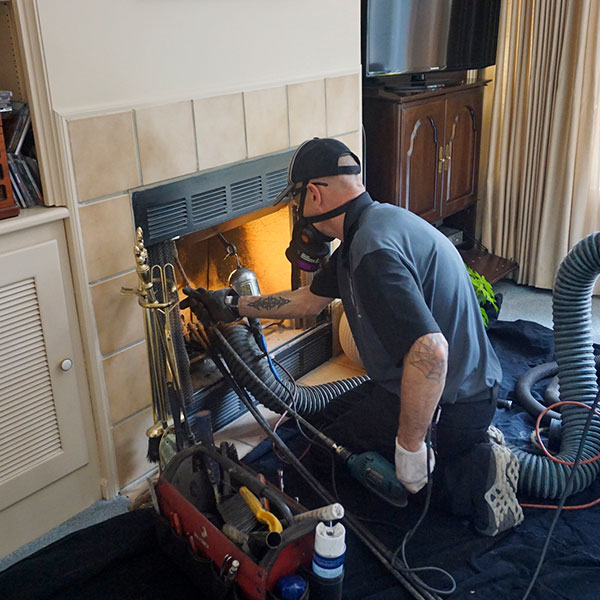 If your chimney is full of soot and debris, you might be looking for an easy and fast way to clean it.
If your chimney is full of soot and debris, you might be looking for an easy and fast way to clean it. 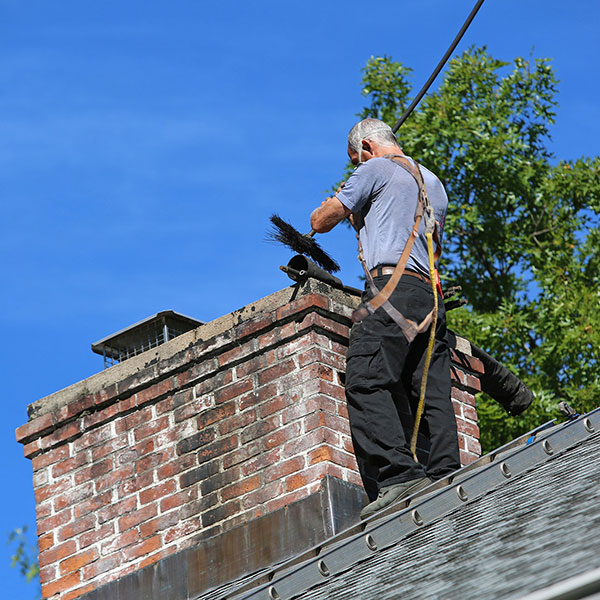 Additionally, cleaning logs are not a viable substitute for a professional cleaning.
Additionally, cleaning logs are not a viable substitute for a professional cleaning. 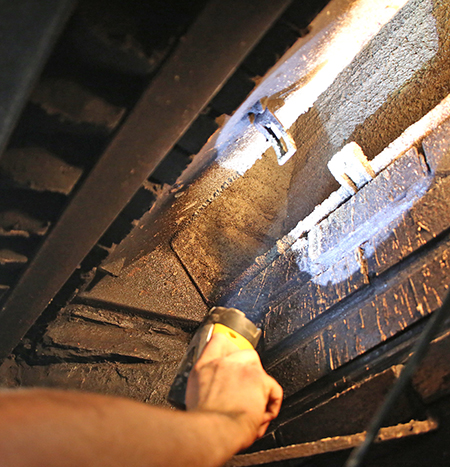 The purpose of a damper
The purpose of a damper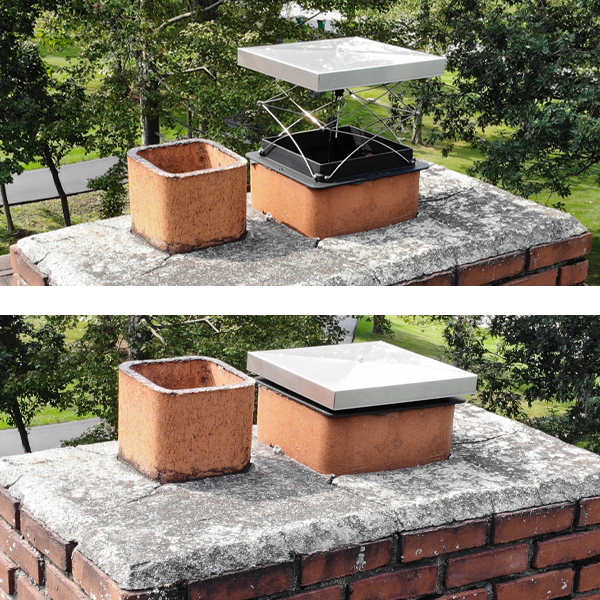
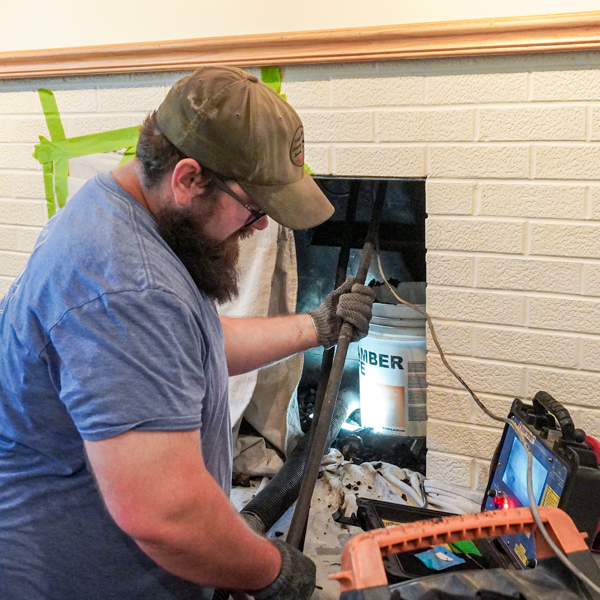 Tip 1: Have your chimney inspected
Tip 1: Have your chimney inspected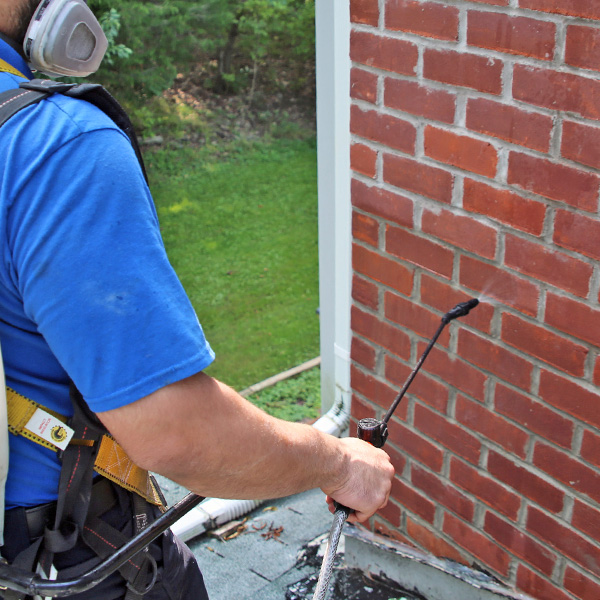 Tip 4: Waterproof your chimney
Tip 4: Waterproof your chimney


